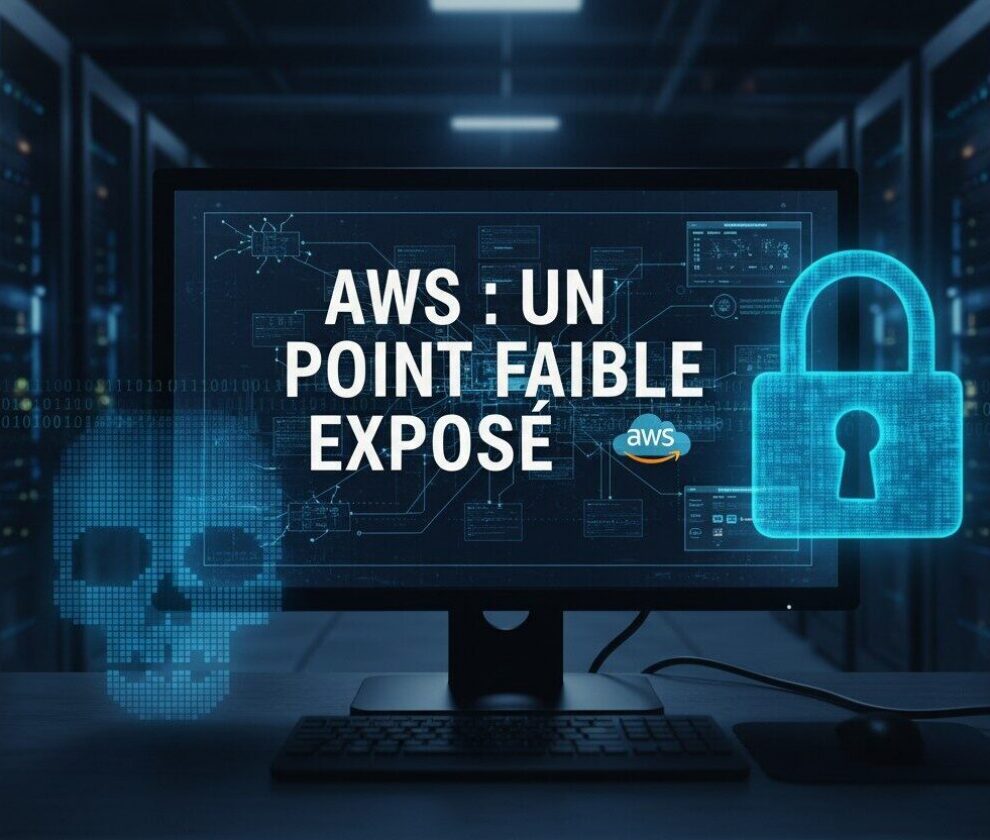Ransomware: A Growing Threat and How to Combat It
Cyberattacks, particularly ransomware attacks, have surged dramatically in recent years. The incident involving the South Alabama Regional Planning Commission (SARPC) underscores how disruptive and costly these threats can be. Businesses and public institutions alike are grappling with the aftermath of these incidents, raising critical concerns about preparedness, prevention, and mitigation strategies. In this article, we’ll break down what ransomware is, present a real-life case study, evaluate its impact, and offer actionable steps to prevent becoming a victim of this ubiquitous threat.
What is Ransomware?
Ransomware is a type of malicious software (malware) designed to encrypt a victim’s data, effectively holding it hostage. Attackers demand a ransom, typically payable via cryptocurrency, to decrypt and restore the data. What makes ransomware even more dangerous is the rise of double extortion tactics. Groups like QILIN not only encrypt the data but also exfiltrate sensitive information. This forces victims to face both data loss and potential exposure unless they pay up.
“A report by the National Cybersecurity Agency of France (ANSSI) indicated that nearly 80% of French businesses faced ransomware attacks in 2023, reflecting the significant risks across sectors.”
Case Study: The SARPC Ransomware Attack
On October 26, 2025, the South Alabama Regional Planning Commission (SARPC) suffered a ransomware attack orchestrated by the QILIN group. The organization, which shoulders critical responsibilities like regional transportation planning and community development, saw its operations paralyzed. Resources vital to its mission were at risk, exposing vulnerabilities that public organizations must address to ensure continuity and security.
This attack highlighted a stark reality: institutions serving the public cannot afford to overlook cybersecurity fundamentals. The stakes extend beyond financial losses, posing risks to community resources and long-term trust in public services.
The Cost and Consequences of Ransomware Attacks
Ransomware attacks deliver a multifaceted impact on organizations, particularly those in the public sector. Here’s how they create widespread disruption:
- Loss of Sensitive Data: Compromised databases may include critical or personal information, jeopardizing privacy and operations.
- Financial Burden: Paying a ransom is expensive, but so are the costs associated with legal fees, investigation, and recovery.
- Service Interruptions: For entities like SARPC, disruptions in transport planning and community services have direct societal consequences.
- Damaged Reputation: Public and partner trust erodes when valuable data leaks or services fail.
Key Strategies to Prevent Ransomware Attacks
Staying ahead of ransomware threats requires a multifaceted approach. Below are some best practices that every organization should adopt:
1. Keep Systems Updated
Regularly updating operating systems and software is crucial. Vulnerabilities in outdated systems can become easy entry points for attackers.
2. Employee Training and Awareness
Human error often preludes many cyberattacks, especially phishing. By educating employees to recognize suspicious emails and links, organizations can significantly reduce risk exposure.
3. Implement Regular Backups
Maintaining up-to-date, offline backups ensures that critical data remains accessible in the event of an attack. Redundant backups serve as a safety net, enabling quicker recovery without succumbing to ransom demands.
4. Multifactor Authentication (MFA)
Adding another layer of security through MFA can prevent unauthorized access attempts, even if login credentials are compromised.
5. Deploy Antivirus and Anti-Malware Solutions
Robust antivirus software with built-in ransomware protection can detect and neutralize threats before they compromise systems.
Conclusion
The SARPC ransomware attack is a stark reminder of the urgency with which organizations, especially those in the public sector, must safeguard their digital assets and information. Whether it’s through prevention via cybersecurity education or investing in robust technology, proactive measures are the cornerstone of resilience against these attacks.
At Lynx Intel, we specialize in equipping institutions with tailor-made solutions to bolster their defenses against cyber threats. Reach out to us today to safeguard your organization’s future against ransomware and other malicious threats.


